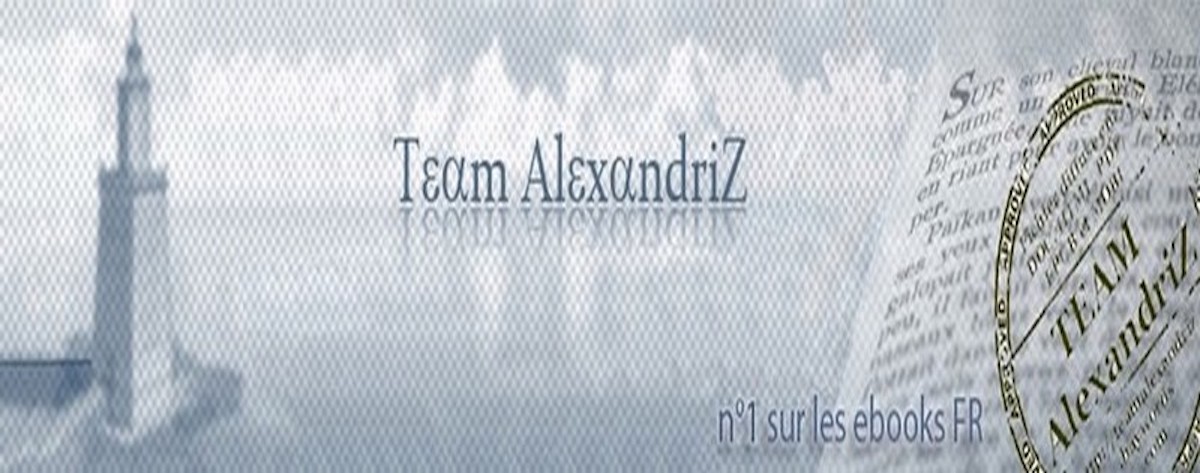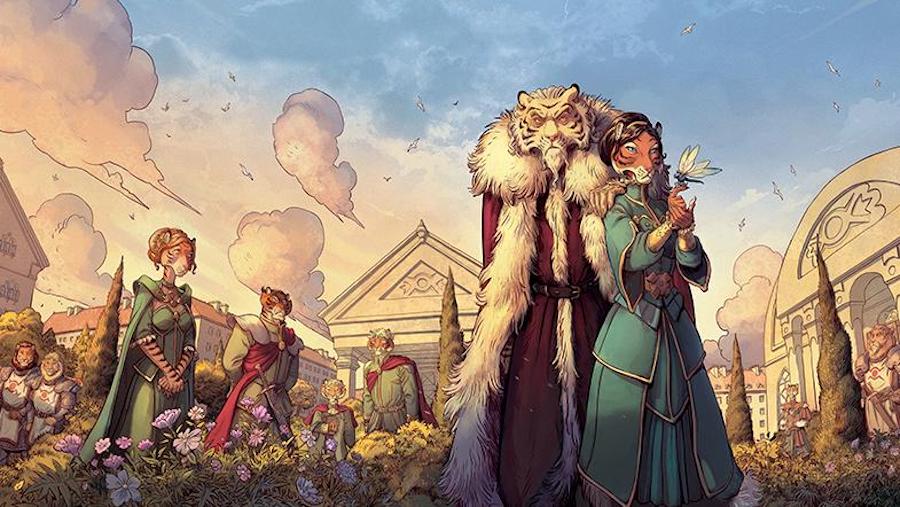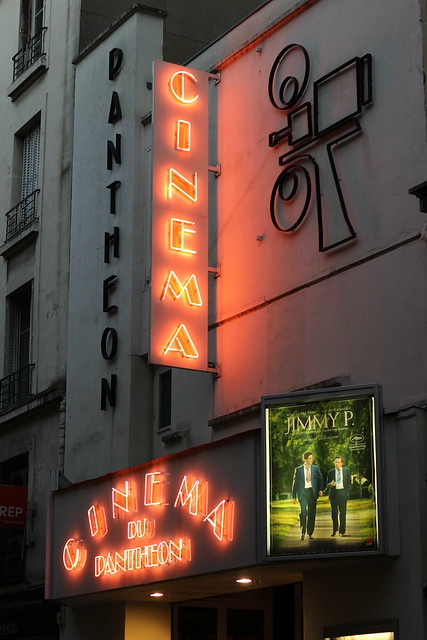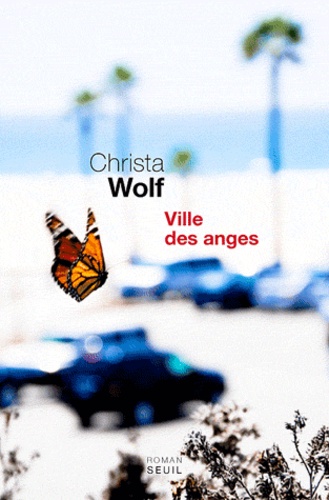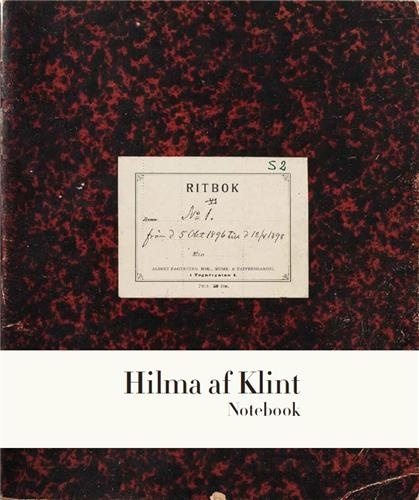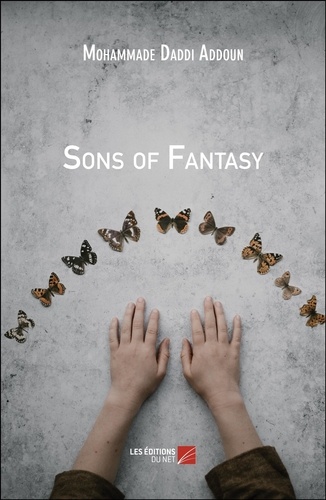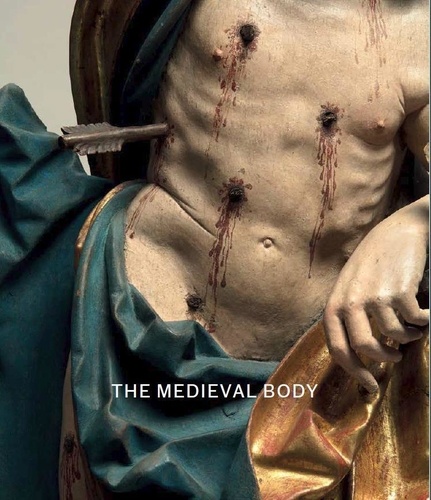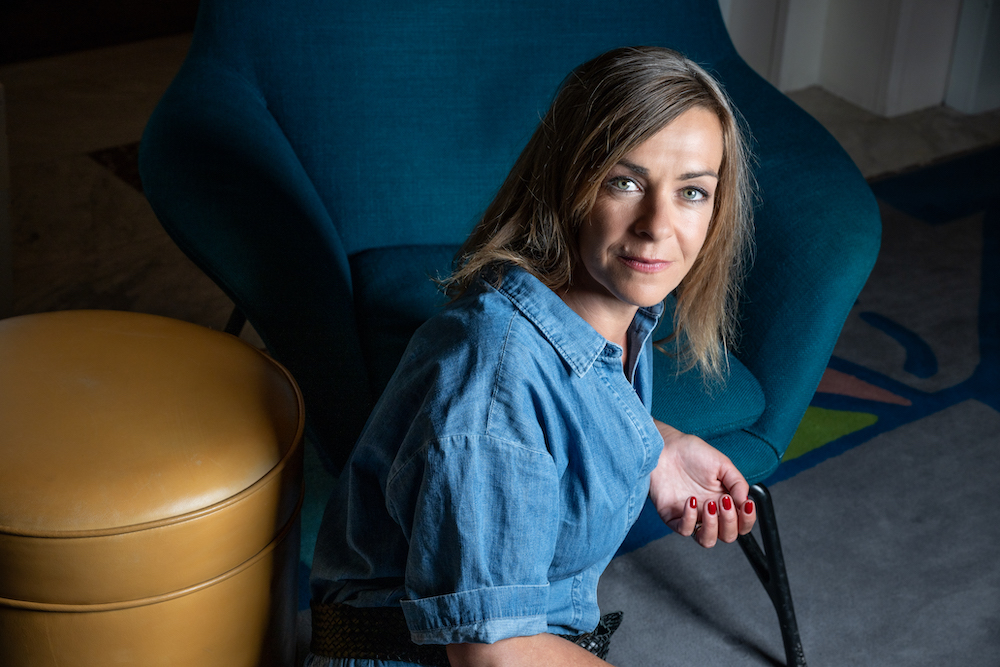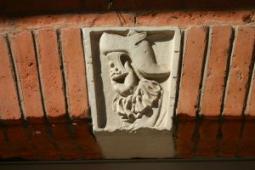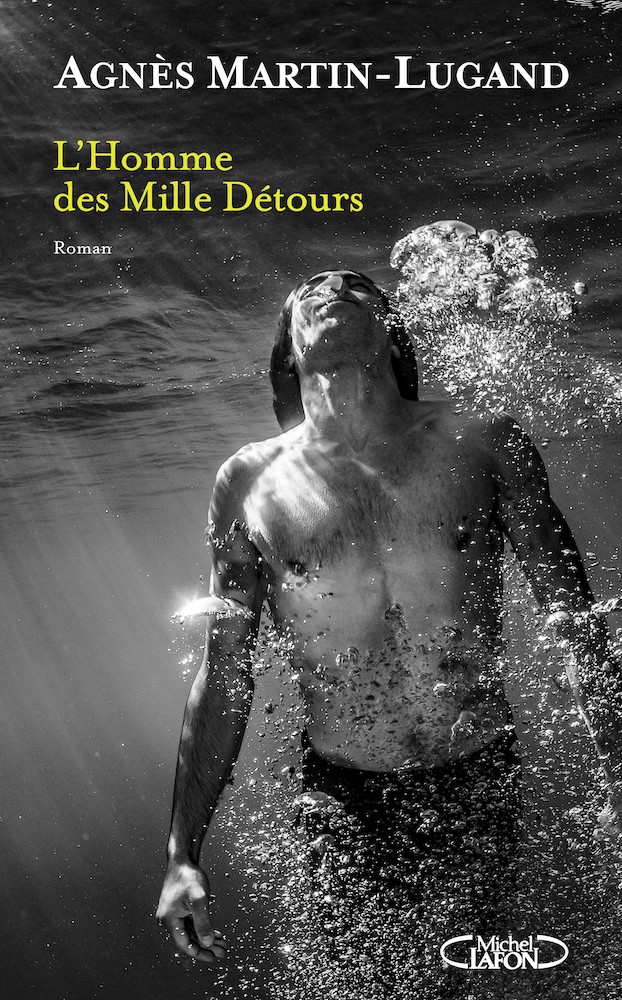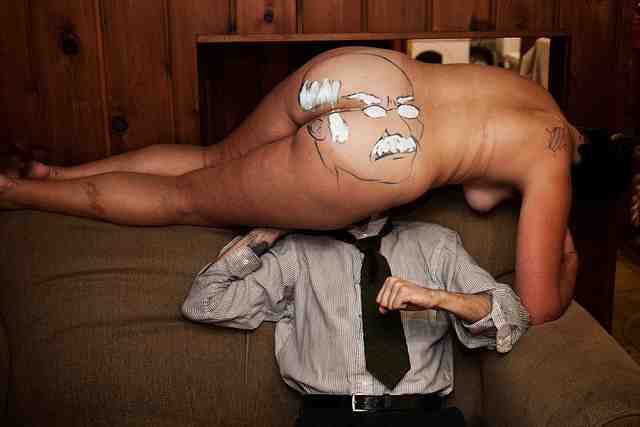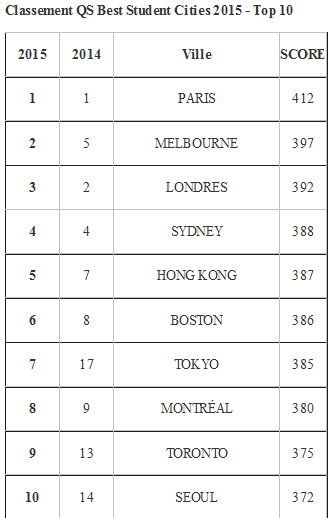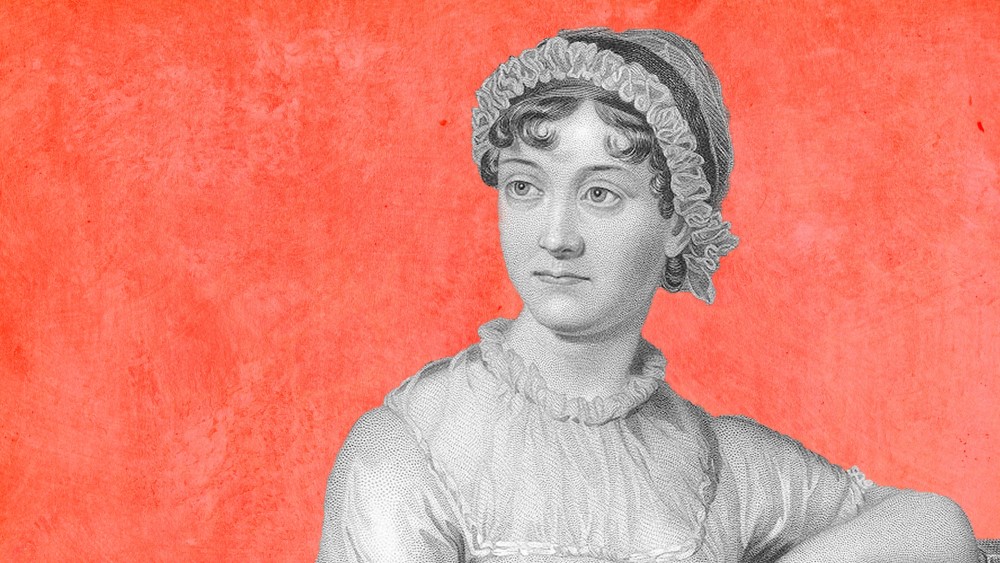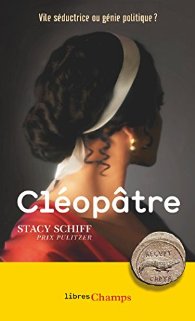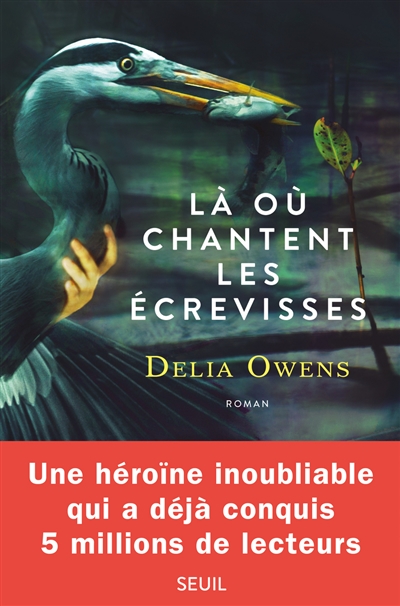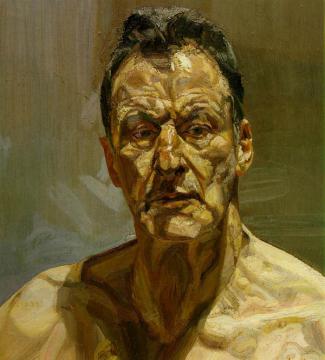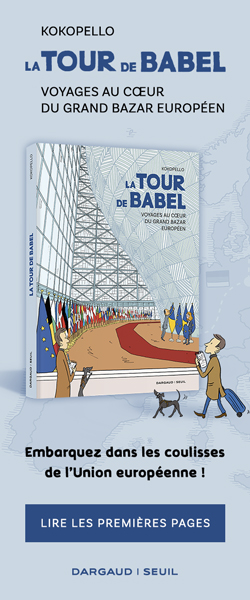Peu de femmes ont marqué l’Histoire comme Cléopâtre (69-12 août 30 av J-C.), elle représente la séduction et le pouvoir, la femme futée et déterminée, celle qui réussit à mettre dans son lit César et Marc Antoine. Elle a, pour beaucoup, le visage d’Elisabeth Taylor depuis le 25 septembre 1963 et la sortie au cinéma de ce magnifique film de Joseph L. Mankiewicz, Rouben Mamoulian et Darryl F. Zanuck. Pourtant nous ne savons presque rien de cette icône, les sources écrites sont toutes postérieures à sa mort et quasiment toutes rédigées par des Romains, par conséquent « le résultat est comparable à ce que pourrait être un portrait de Napoléon par les Anglais au XIXe siècle ».
(prix Pulitzer en 2000 pour sa biographie de Véra Nabokov – Grasset, 1999), souhaite nous faire découvrir la vie de cette reine, adulée par les uns, décriée par les autres, mais qui reste, finalement pour tous, un mystère. Cette biographie, publiée chez Flammarion dans la collection poche « libres Champs » (en librairie depuis le 24 août), nous entraîne dans une Alexandrie festive, aux senteurs suaves, aux couchers de soleil langoureux et aux intrigues nombreuses.
L’enfance
De la jeunesse de Cléopâtre nous ne savons rien, ou très peu. Elle est née en 69 (toutes les dates s’entendent avant J-C.), elle a une sœur ainée, une cadette et deux jeunes frères, qu’elle épousera brièvement. Naître Ptolémée, n’est pas nécessairement un cadeau, les meurtres familiaux y étaient une activité assez courante voire conseillée si on voulait se frayer un chemin jusqu’au trône … et le garder. Cléopâtre sera la seule survivante, elle éliminera frères et sœurs méthodiquement, non sans mal parfois.
Aucun papyrus ne nous raconte l’éducation qu’elle a reçue, cependant Stacy Schiff, en se basant sur l’étude de celles des jeunes filles de l’époque, laisse supposer qu’elle fut très studieuse et ne fut pas mise de côté, « elle bénéficia de la meilleure instruction du monde hellénistique, dans ce qui fut incontestablement le plus grand centre intellectuel de l’époque. » Elle dut apprendre à lire et à écrire le grec, en premier. Elle étudiait tous les jours, sauf les jours de fête. On suppose qu’elle découvrit Homère avant même de savoir lire, « l’œuvre d’Homère tenait lieu de Bible ». « Un peu d’arithmétique, de géométrie, de musique, d’astrologie et d’astronomie […] complétaient ces études. » Elle parlait plusieurs langues dont l’égyptien (ce qui paraît logique mais aucun des Ptolémée, avant-elle, ne le parlait), qui n’était utilisé que par le peuple, et qui lui permettrait de s’adresser directement à lui sans passer par les services d’un interprète … pratique et plus sûr !
En 51, son père meurt, Cléopâtre et son frère, Ptolémée XIII montent sur le trône comme mari et femme, ils sont âgés de dix-huit ans. Un drame familial couve.
César
Le frère et la sœur allaient se livrer une guerre terrible pour bénéficier d’un trône sans partage. C’est César qui se fera l’arbitre de ce conflit. Qu’est-ce qui le poussa à privilégier la sœur aux dépens du frère ? On a souvent dit que Cléopâtre avait usé de ses charmes, et certes, elle avait un avantage, de ce point de vue là, auquel son frère ne pouvait prétendre. Cependant ce n’est pas faire honneur au grand César que de s’imaginer qu’il puisse remettre le trône dans les mains d’une jeune fille sans expérience seulement pour ses beaux yeux. Il est plus probable, comme nous l’explique fort bien l’auteur, que les mauvais conseillers de Ptolémée XIII et ses différentes trahisons vis-à-vis de César, poussèrent ce dernier à donner sa confiance à Cléopâtre.
La légende veut qu’ils aient été amants dès la première nuit de leur rencontre, Stacy Schiff en doute, « en vérité, on ne sait guère qui séduisit qui, ni combien de temps il fallut à César et Cléopâtre pour tomber dans les bras l’un de l’autre. L’un comme l’autre jouaient gros. » César avait la réputation d’être un homme à femmes et il semble évident qu’il ne résista pas bien longtemps à cette jeune fille, encore inexpérimentée mais fort séduisante. Le rôle de pacification de César était complexe, surtout à Alexandrie où Ptolémée XIII et Arsinoé (sœur de Cléopâtre) mettaient tout leur zèle à monter le peuple contre le couple. Cette situation rapprocha très certainement un peu plus les deux amants qui avaient le même but, retrouver la paix, certes pour des raisons différentes, explicitées dans ce livre.
Après bien des difficultés, César réussit à mettre en déroute tout ce petit monde, Cléopâtre pouvait enfin régner, et, afin de complaire au peuple « qui avait un faible pour les couples régnants », elle épousa son plus jeune frère, Ptolémée XIV, âgé de 12 ans. « Il n’eut certainement pas son mot à dire dans la réorganisation de l’administration à laquelle s’attela sa sœur. »
Le 23 juin 47, César était reparti depuis quinze jours quand Cléopâtre donna naissance à un fils prénommé Césarion. Si la paternité de César est loin d’être évidente, encore aujourd’hui, il n’empêche qu’il reconnut l’enfant. Les bâtards royaux ont toujours suscité l’inquiétude, il n’en sera pas différent avec celui-là. Être le fils de Cléopâtre et de César n’allait pas lui porter chance, dix-sept ans plus tard il fut assassiné sur les ordres d’Octavien, futur Auguste.
Cléopâtre, souveraine d’Égypte
Si nous avons tendance à réduire Cléopâtre à son physique, elle fut pourtant une grande souveraine. Elle renforça ses liens avec le clergé, qui avait une place très importante dans la société. Comme tous pharaons, elle était de fait une déesse, mais être proche des prêtes restait très important, « les prêtes faisaient office d’avocats et de notaires, et leurs temples, de centres artisanaux, d’institutions culturelles et de carrefours économiques ». Les journées de la reine étaient loin d’être de tout repos, lecture des dépêches, réunion avec les conseillers, dictée des notes, sacrifices aux dieux, écoute des doléances des visiteurs, etc. Elle rendait la justice, commandait l’armée, gérait l’économie, s’occupait des affaires étrangères, bref « elle était à la tête de toute l’administration, tant religieuse que séculière, ainsi que du commerce de l’Égypte. » Et tout porte à croire qu’elle le faisait bien puisque son pays était pacifié et prospère. « À l’été 46, Cléopâtre avait de bonnes raisons de considérer que son royaume avait atteint la stabilité, avec une productivité assurée ». Par conséquent, partir pour Rome quelques mois n’était pas inquiétant.
La mort de César
Cléopâtre ne serait certainement jamais allée à Rome si César ne le lui avait pas demandé. Mais quelle ne fut pas sa déconvenue en arrivant là-bas. Rome n’avait rien à voir avec la belle Alexandrie, ni avec l’image que nous en avons. Rome n’était encore qu’une ville en devenir, toute de briques vêtue et de façon générale assez insalubre, « en terme de dépaysement, c’était un peu comme quitter la cour de Versailles pour la Philadelphie du XVIIIe siècle. »
De plus, Cléopâtre fut logée dans une villa de banlieue, son César étant marié, il semblait difficile de l’installer avec Césarion dans la même maison que sa femme légitime ….
Si en Égypte les droits des femmes étaient importants, ceux des Romaines étaient réduits à très peu de choses, on regardait donc la souveraine comme une créature étrange, certainement magicienne, comment expliquer sinon que César lui ait laissé le pouvoir et se soit entiché d’elle ?
César avait été subjugué par les beautés d’Alexandrie, il voulut donner le même éclat à Rome. Il organisa de grandes festivités pour l’arrivée de sa reine, il fit installer une statue en or de celle-ci dans le temple consacré à Vénus, tout cela était assez mal vu des Romains. Son comportement même changeait, le Sénat était de moins en moins consulté, « certains se plaignaient de vivre sous une monarchie travestie en république. » En 44, il fut nommé dictateur à vie, ceux-là même qui le nommaient lui tendaient un funeste piège, en acceptant il apporta de l’eau au moulin à ceux qui l’accusaient de vouloir réinstaurer la monarchie. Il ne fallut pas attendre longtemps la sanction, le 15 mars 44, il fut assassiné par vingt-trois coups de couteau.
Cléopâtre n’avait plus qu’à retourner dans sa chère Alexandrie.
De l’amour à la mort
Pendant qu’elle gouvernait son pays, Marc Antoine et Octavien faisaient la chasse aux assassins de César. Hélas, durant cette période Cléopâtre fit quelques choix stratégiques malheureux et « comme de juste, un émissaire fit bientôt son entrée dans Alexandrie, sans doute au début de l’année 41 », Quintus Dellius, pour lui proposer une rencontre avec Antoine afin de s’expliquer. C’était oublier que Cléopâtre ne s’explique pas ! Hédoniste devant l’Éternel, Marc Antoine n’aimait rien autant que faire la fête, boire, manger, aimer. Cléopâtre comprit vite qu’elle devait l’épater pour attirer son attention. Et elle y réussit fort bien ! Plusieurs soirs de suite, elle le convia à des diners plus somptueux les uns que les autres. Il semble évident que ces deux là s’entendirent très rapidement et il que « l’effet qu’elle fit sur Antoine fut immédiat – et électrique. »
Est-ce Marc Antoine qui entraina la chute de Cléopâtre ou l’inverse ? Est-ce qu’ils s’aimèrent réellement d’un amour passionné ? Nous ne sommes pas dans les secrets d’alcôve cependant Stacy Schiff étudie les différentes possibilités, pour ma part, j’aime à penser que oui. Shakespeare, Elisabeth Taylor et Richard Burton, n’y sont certainement pas pour rien.
L’image de Cléopâtre resta longtemps, reste encore pour quelques-uns, celle d’une femme manipulatrice, nymphomane, ensorceleuse, etc. « évoquer ses prouesses sexuelles est évidemment plus rassurant que de reconnaître ses capacités intellectuelles ». Et il faut bien avouer que c’est encore souvent le type d’arguments dont sont la cible certaines femmes bien dans leurs têtes, bien dans leurs corps et qui, en outre, ont l’outrecuidance de réussir leurs vies.
Un livre passionnant qui met en lumière l’existence de cette femme qui mourut jeune, à trente-neuf ans, et qui pourtant donne l’impression d’avoir eu plusieurs vies.


